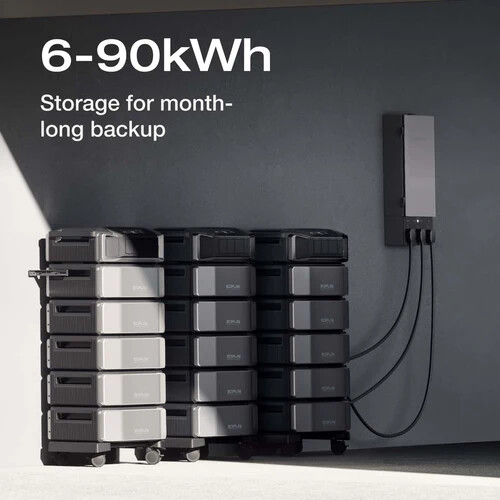I’m not an Austin Energy customer (outside the city limits) so no city subsidy for me. I did get an ERCOT rebate and a federal tax credit spread over two tax years. I’m not sure if either of those are still being offered.
I used to keep a spreadsheet of kWh generated vs. kWh used. Unfortunately my inverter was installed with 3G cellular connectivity which was shut down in 2022, so I don’t have any detailed data since then. Supposedly it can be switched to ethernet, but I haven’t taken the time or effort to run a cable to it, and it’s too small a job for any installers to give me the time of day.
Net metering has had some ups and downs. Green Mountain used to be the only REP offering unlimited net metering (sell back as much as you generate, even if it’s more than you use) with symmetrical inflow/outflow pricing. They stopped offering this in 2021-2022, leaving me unable to build up a balance for extra power generated; I could only offset what I used, and still paid a minimum $9.95/month for the Oncor delivery charge. This especially hurt in the winter months when I generated less and used more (my home is all electric) and cost me hundreds of dollars extra each year. Once that happened I started contacting installers asking about battery systems, but again, apparently even that is too small a job: no one wanted to sell me batteries without also selling me panels.
Fortunately my contract with Green Mountain was up last month and I saw TXU is now offering symmetrical unlimited net metering, so I switched and jumped on a new 3-year term. While it’s too early to tell, I expect I’ll go back to paying roughly nothing over a 12-month span like I did before: build up a balance during spring/summer/fall and use it up during the winter.
I did have to replace my roof in summer 2023 from golf ball sized hail that spring. The solar uninstall/reinstall cost about $12k (per my State Farm estimate) which almost doubled the claim total. The roofing company coordinated everything with the solar company so that the panels came off 1-2 days before and were reinstalled about a week after the roof was done.
As for the panels themselves, as of 2022 (most recent data I have) their performance hadn’t degraded much if at all. Year-over-year peak days under similar conditions were well within about 0.5%, which beats the 1%/year degradation I was told to expect. I suspect they will last a very long time, and if anything the inverter will need replacing before the panels themselves.
So, seven years later, would I do solar panels again? 4-5 years ago I would’ve said “yes, but not financed”. Since the last three years my answer lands somewhere between “maybe, in a different state, and only with batteries” and “hell no”. I currently have a new roof, solar panels that we paid off early and which are still performing well, and a shiny new unlimited net metering plan, so there’s that, for now. However, I’m not thrilled about the volatility of the Texas retail electricity market’s product offerings, and losing net metering for 2-3 years very tangibly hurt and felt like a major rug pull. I wish I had batteries, but today I’d be seven years into the ten-year warranty that most battery systems had at the time, and I’d probably be biting my nails about that right now.
